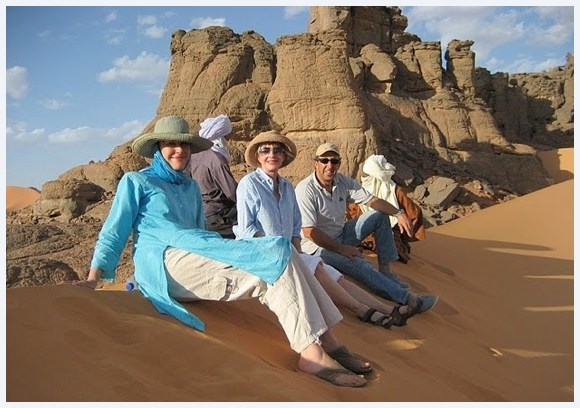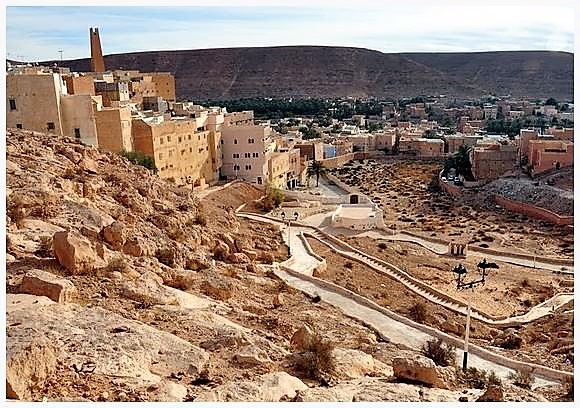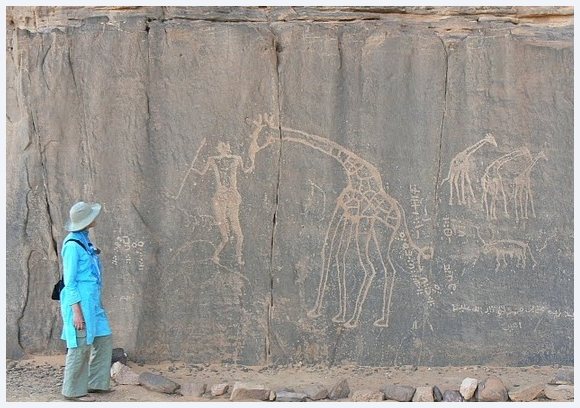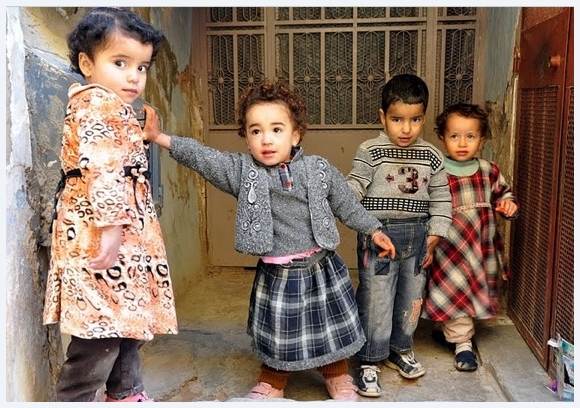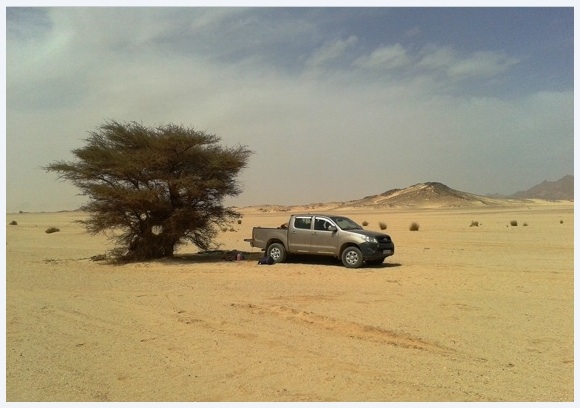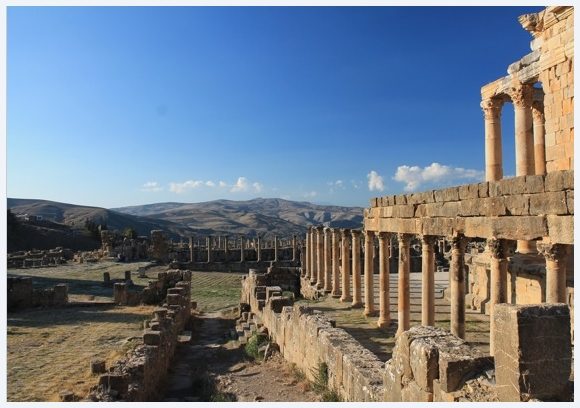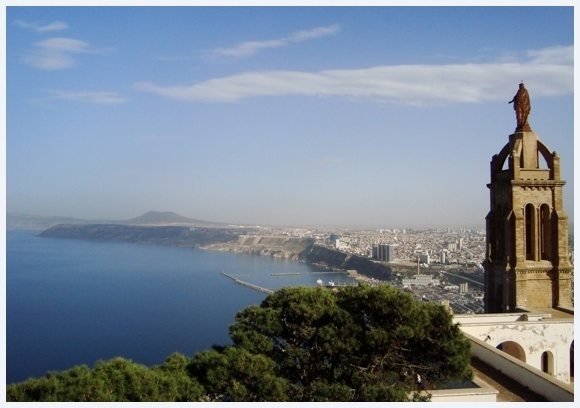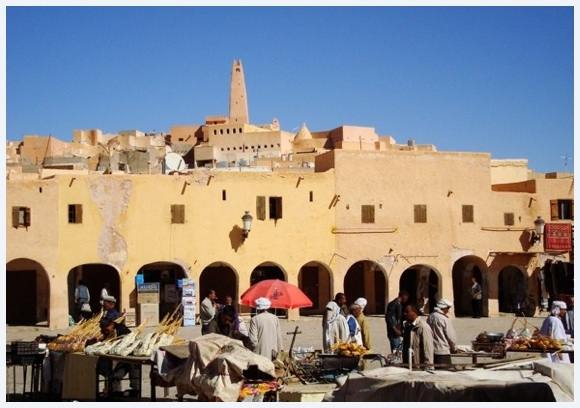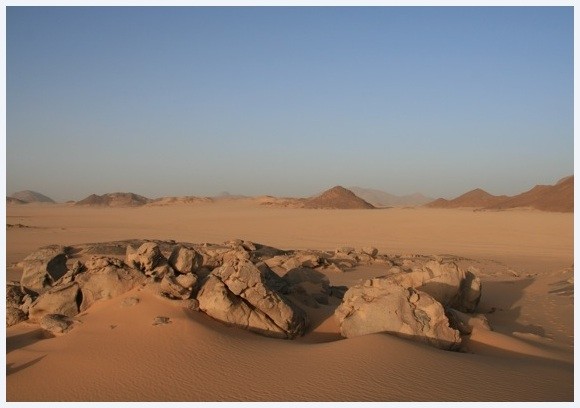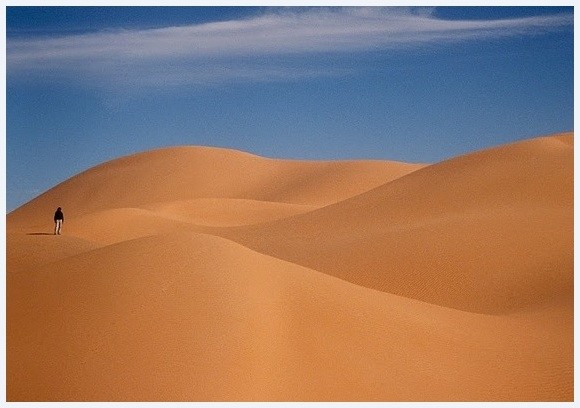Algeria Travel Guide: Tadrart
The Tadrart region of the Algerian Sahara lies in the deep south-east of this immense country. Once visited by the Swiss-Algerian explorer Isabelle Eberhardt and the naturalist Théodore Monod, the Tadrart is dotted with gueltas, pre-historic rock paintings, strange rock formations and lofty dunes of virgin sand.Essendilene By Camel
From Djanet to Tamanrasset
Crocodiles and Giraffes in the Sahara
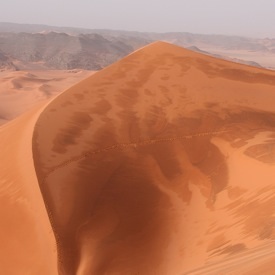
Three Cups of Tea in Tadrart
The diary below, originally entitled Trois Thés dans le Tadrart – “Three Teas in Tadrart” – is an extract from an account of a journey through the Tadrart undertaken by the journalist Florence Garès, published in the French journal Histoire et Patrimoine, Algérie. The article was translated by Culturissima.Monday
No noise,
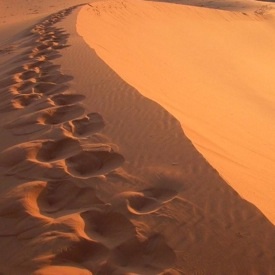 no smells (apart from the fire), a sensation of emptiness. Mais quel spectacle!
Magyd had warned us: "Tonight you’re going to sleep in a hotel with a thousand stars”.
no smells (apart from the fire), a sensation of emptiness. Mais quel spectacle!
Magyd had warned us: "Tonight you’re going to sleep in a hotel with a thousand stars”. The men of the desert are familiar with the sky not because they have studied it but because it’s a tool they rely on for their survival, something that is passed down from generation to generation. It’s the only reliable reference point in the desert. The Milky Way, the Pleiades, Orion… later on in the night it will be the turn of the Great Bear to make his way across the starry vault.
Tuesday
In terms of landscape, Tadrart fulfils all our hopes and lays waste to all our assumptions: the Sahara is not made up entirely of sand. We negotiated the massif of the Tassili N’Ajjer via the natural fault of Imaharhaten, which is crossed by a veritable “desert motorway”, in reality a rocky track maintained around once every thirty years and marked out by rusty metal cans and even a signpost.

This place looks like the moon, or at least the idea we have of the moon’s surface: small, rounded mountains capped with pieces of black slate; bright yellow sand that tries to creep into the hollows of the rocks; and not the slightest sign of life, neither animals nor plants.
Squeezing into the wide canyon of El Beridj, the landscape becomes more novel: fairy-tale chimney stacks, church organs made of rock, arches lost in the sand, immense empty arenas of sand over which the rocks, transformed into imaginary people, stand sentinel.
Not far from the sandstone cathedrals of Tamesguida, born thousands of years ago from the violent union of sand and wind, I remember seeing four Touaregs sharing a glass of tea, an outsized hedgehog and a woman carrying her child. And then there are the dunes, the real image of the desert… To be continued…








